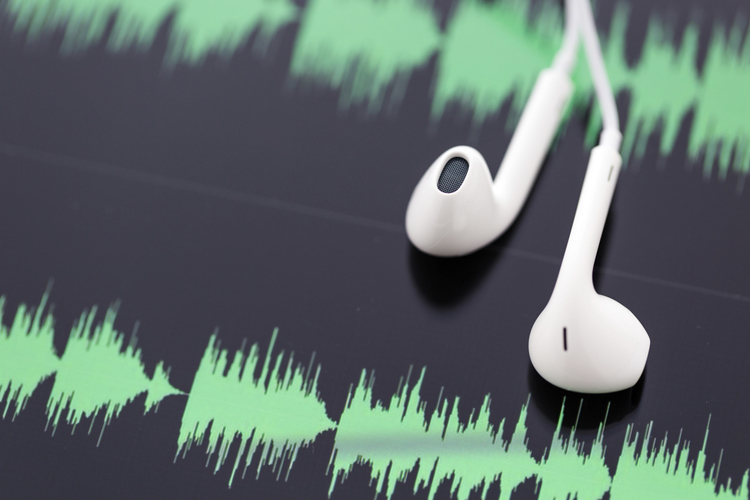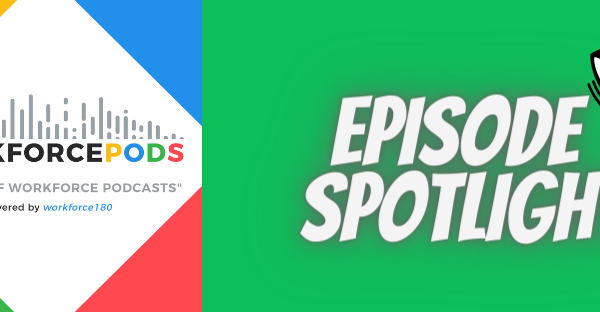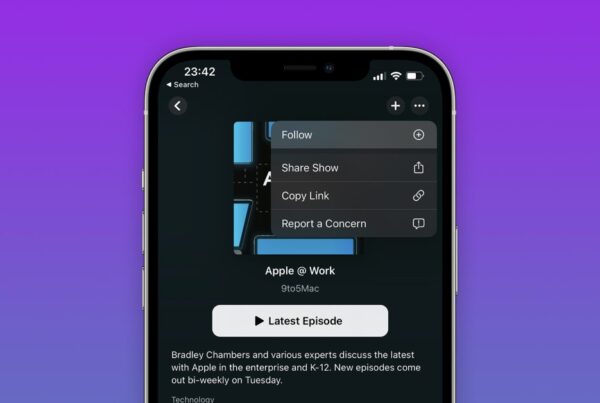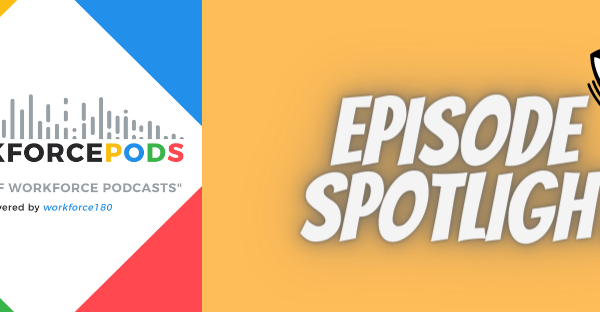With podcast production continuing to gain popularity, it is even more important to know how to hook your podcast listeners. The most recent statistics say there are over 525,000 active shows and over 18.5 million episodes. So how do you make sure to keep your audience coming back?
Start Strong
New data has found a typical podcast episode loses 20-35 percent of the listening audience in the first five minutes. This is where listeners are deciding to commit. In most cases, a mediocre episode with a great intro will do better than a great episode with a mediocre intro. Listeners want to know what they can expect to hear or learn in the episode, but if it’s not packaged in an exciting attention-grabbing way, they can easily pass and try out a different show.
Re-engage every 2-5 minutes
It is very important to periodically re-engage your audience to keep them listening. Once you’ve grabbed their attention initially, be sure to interject key points, quotes, statistics, interesting facts, etc, without letting each section become too long-winded. Avoid a lecture type of narrative by breaking it up every few minutes.
In our experience, episodes that range from 18-30 minutes seem to maintain the most captive audience. It is absolutely fine to go shorter or longer, but attention spans seem to stay satiated and intrigued in that 18-30 minute frame.
Titles, Descriptions, Artwork
A big factor in attracting your audience is how you title both your show and episodes.
For more on choosing your show’s title click HERE
For more on choosing episode titles, click HERE
Descriptions are also extremely important. Load your episode descriptions with keywords to help connect your show with the listeners that are looking for it. Descriptions should range from broad information to specific information, but don’t let them become spammy! You never want to trick listeners into tuning in by offering false advertisements. When they realize your ploy they will not come back.
The artwork for your show is a crucial way to attract your audience. Most people will scroll through the visual images before taking time to read long descriptions. Your artwork needs to express who you are and what kind of stories you will tell.
SEO: Search Engine Optimization
Everything you work on in regards to titles, descriptions, and artwork contribute to your SEO. In today’s age of search engine dependence, you need your show to come up in search results for the right listeners!
SEO can always be shaped and improved. It is important to constantly monitor your search engine popularity. Sometimes you may need to be broader, and other times more specific. Analytics makes it very easy to monitor your SEO and figure out where your successes or shortcomings may be. Keep an eye on these stats so you can make sure your show is being heard by its intended audience!
Storytelling
The beauty of podcasting is that in its simplest form, it is digital storytelling. It is a platform that allows you to tell your story and have that audio heard far and wide over the big bad internet. But what makes a good story?
Many different things make a story great, but where we are most concerned with podcasting is the delivery of your message. You don’t have flashy video or pictures to grab anyone’s attention. Your VOICE itself is key. Make sure you are creating excitement with your inflection. Make sure your narrative is easily followable. Anything monotone or disorganized will lose your listeners instantly. Both vocal technique and subject matter work together to tell a great story.
This doesn’t have to be anything fancy or rehearsed. In fact, it shouldn’t be. Your own natural conversational style and a passion for your material are all you need to captivate your listeners.
Click here to learn more about how to begin an audio story in this great article from NPR.


